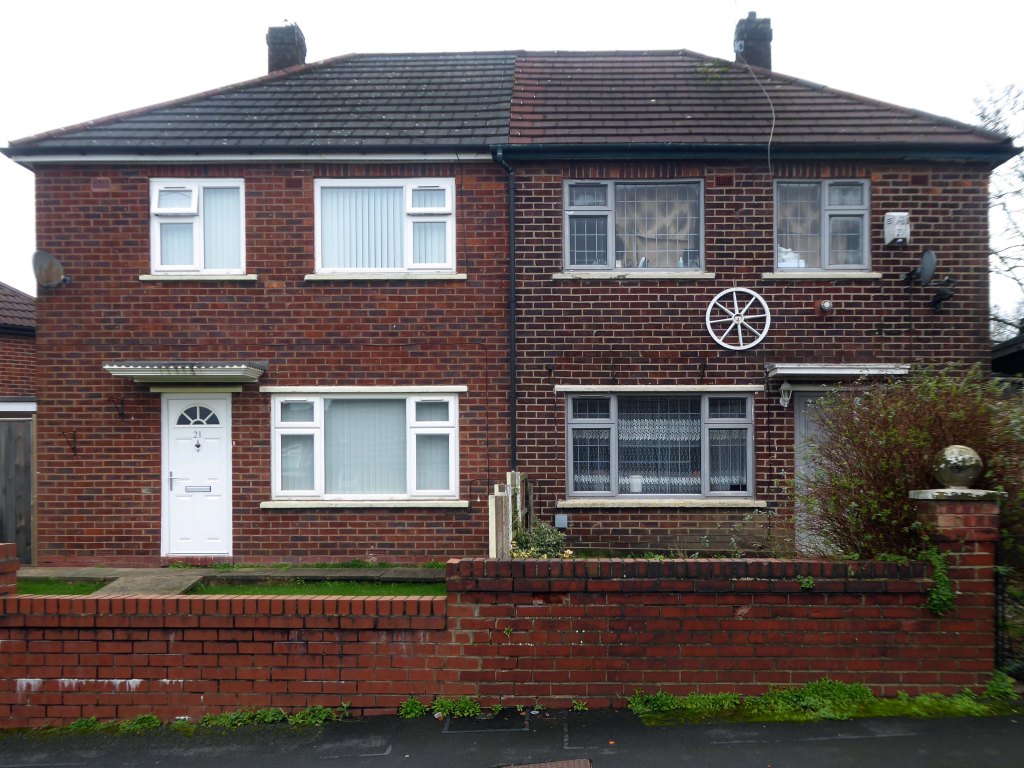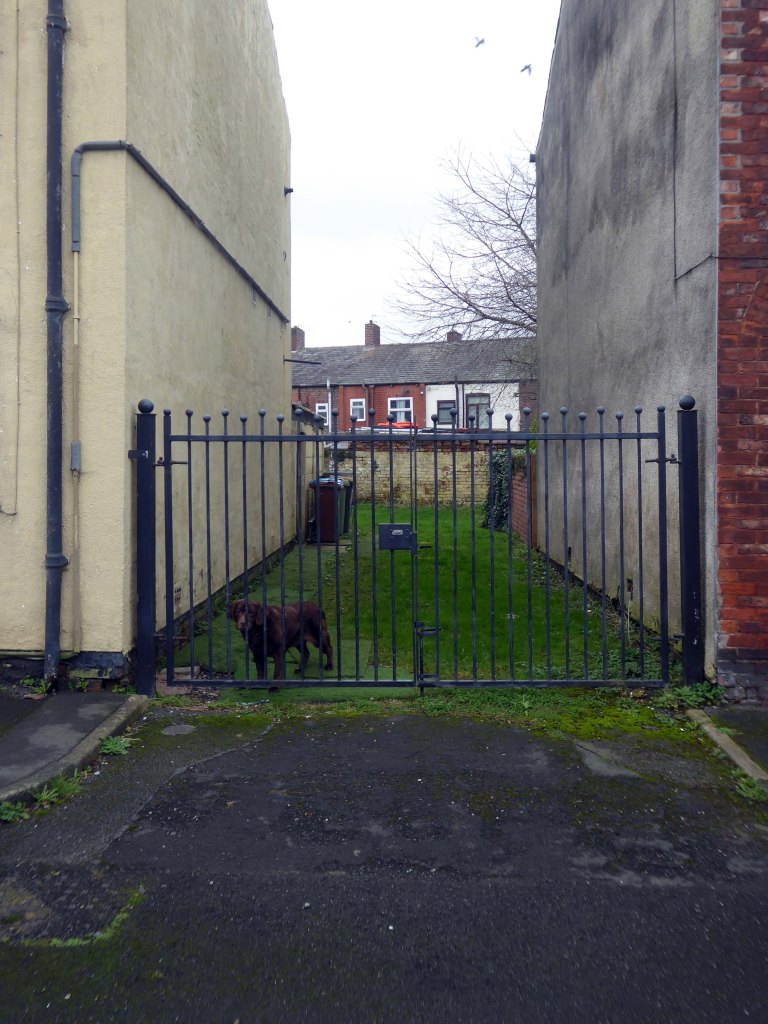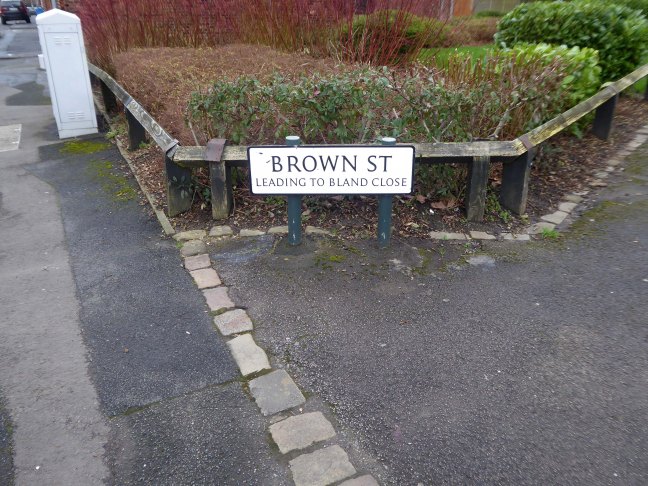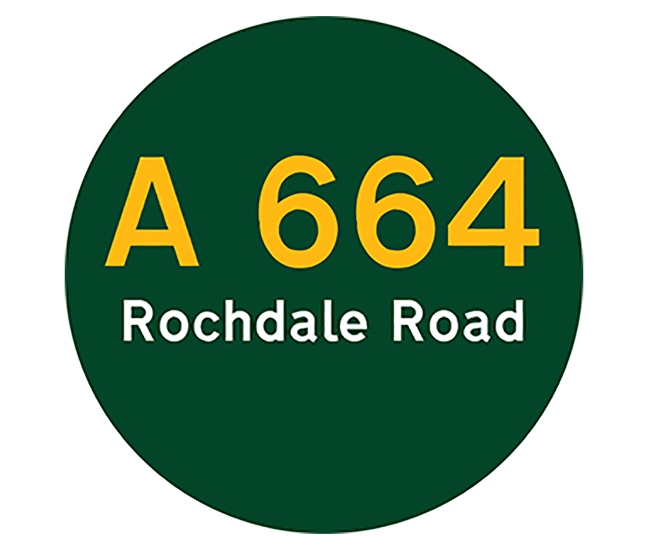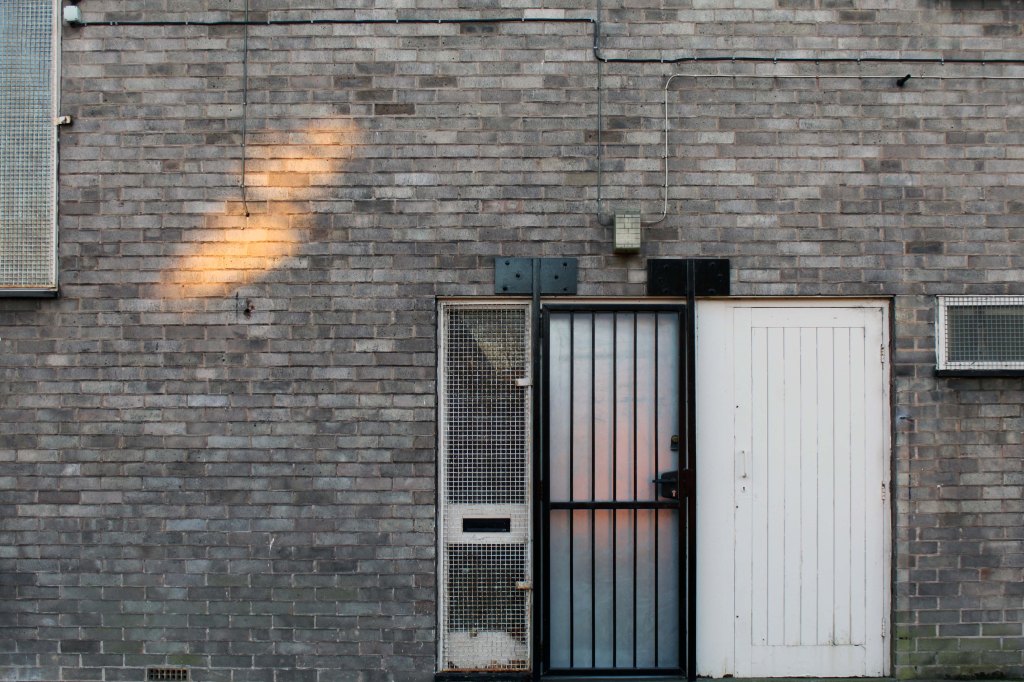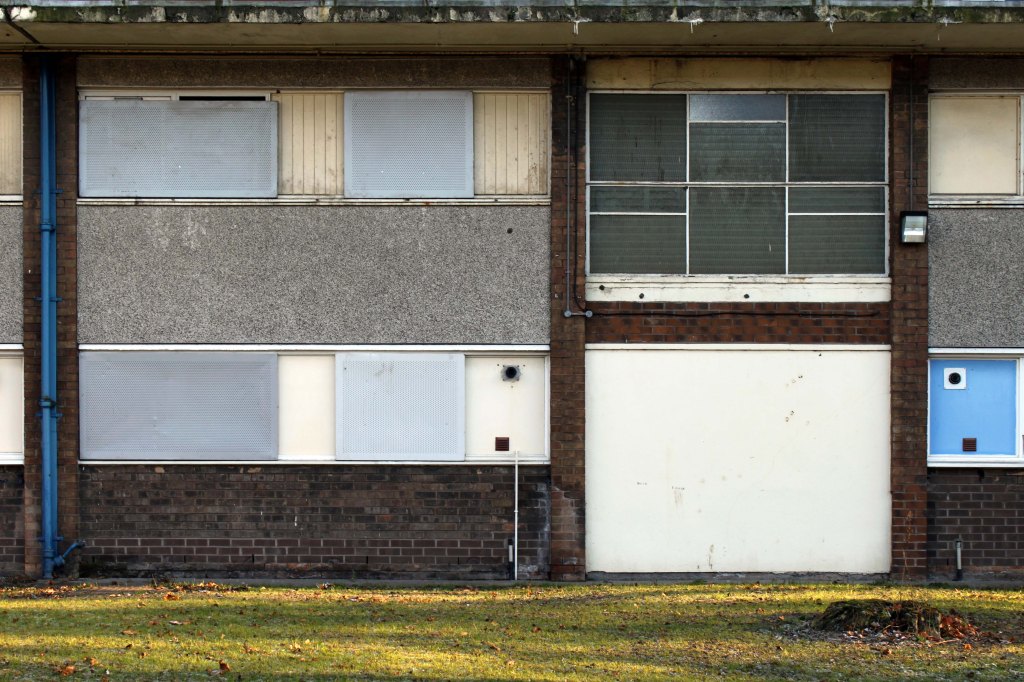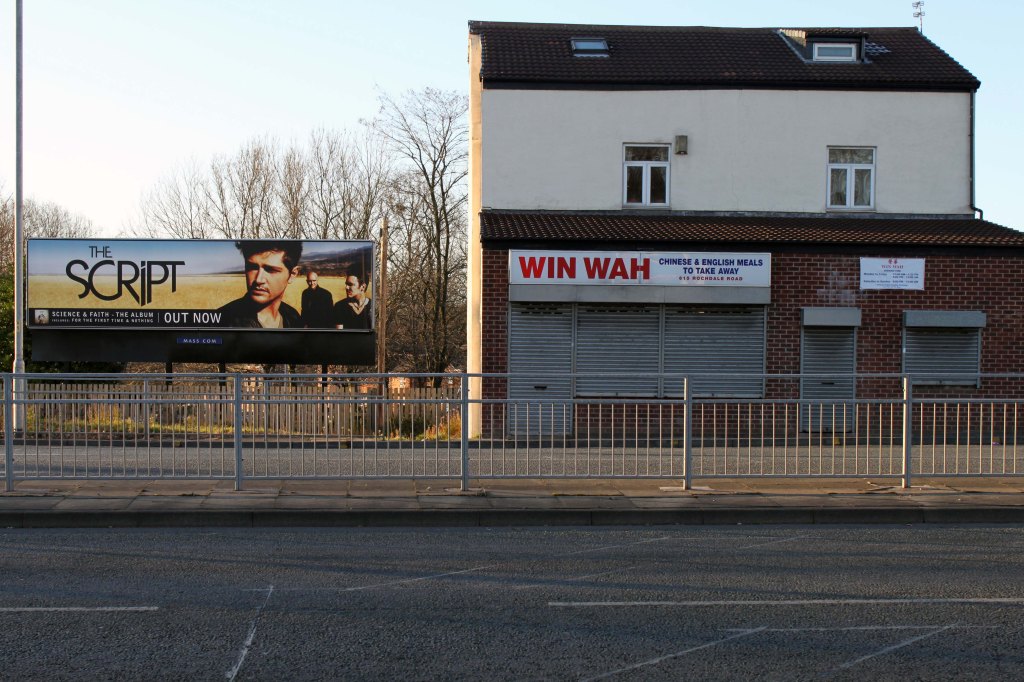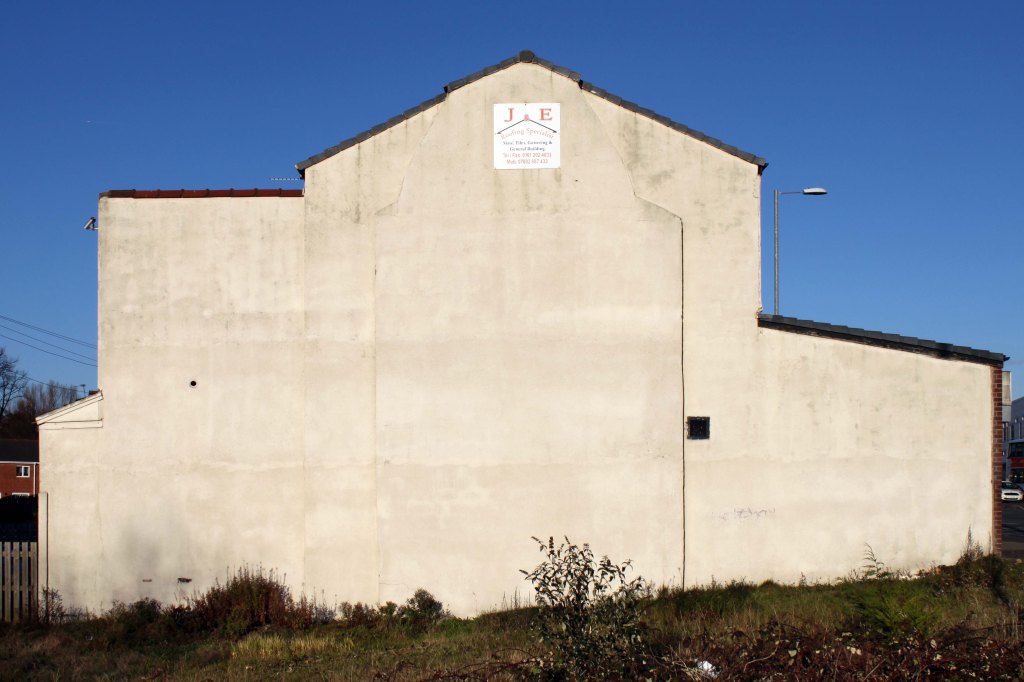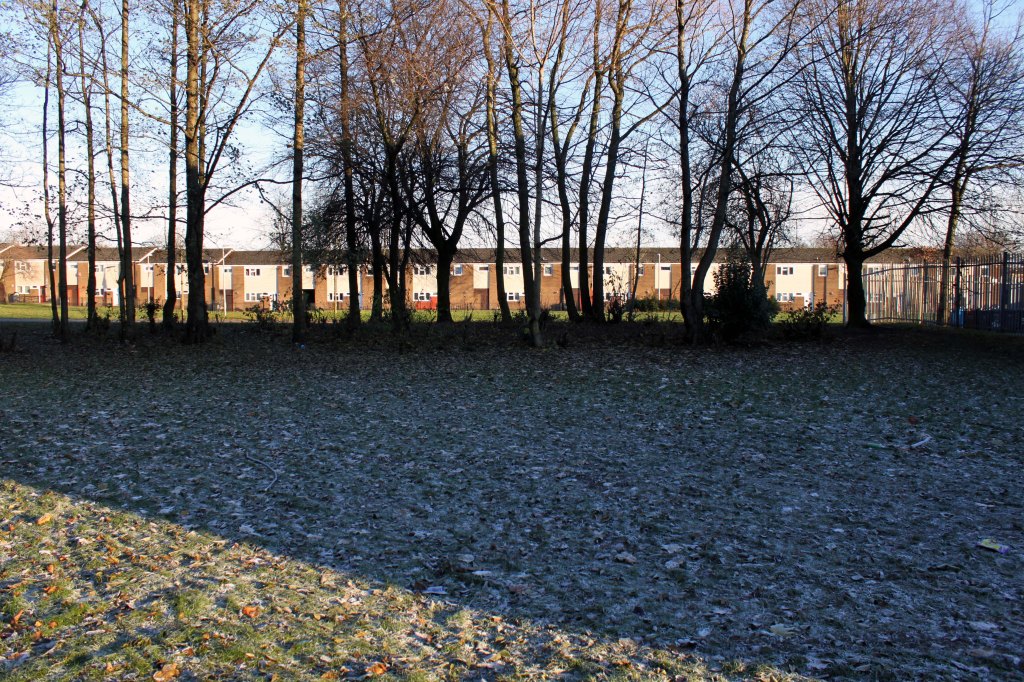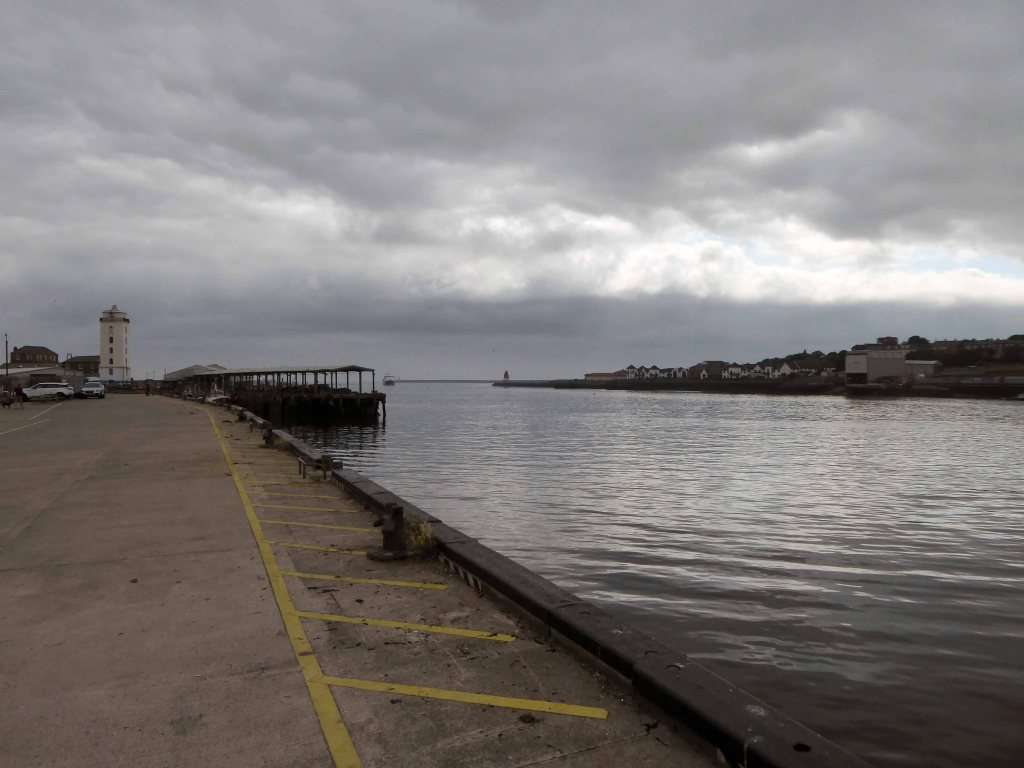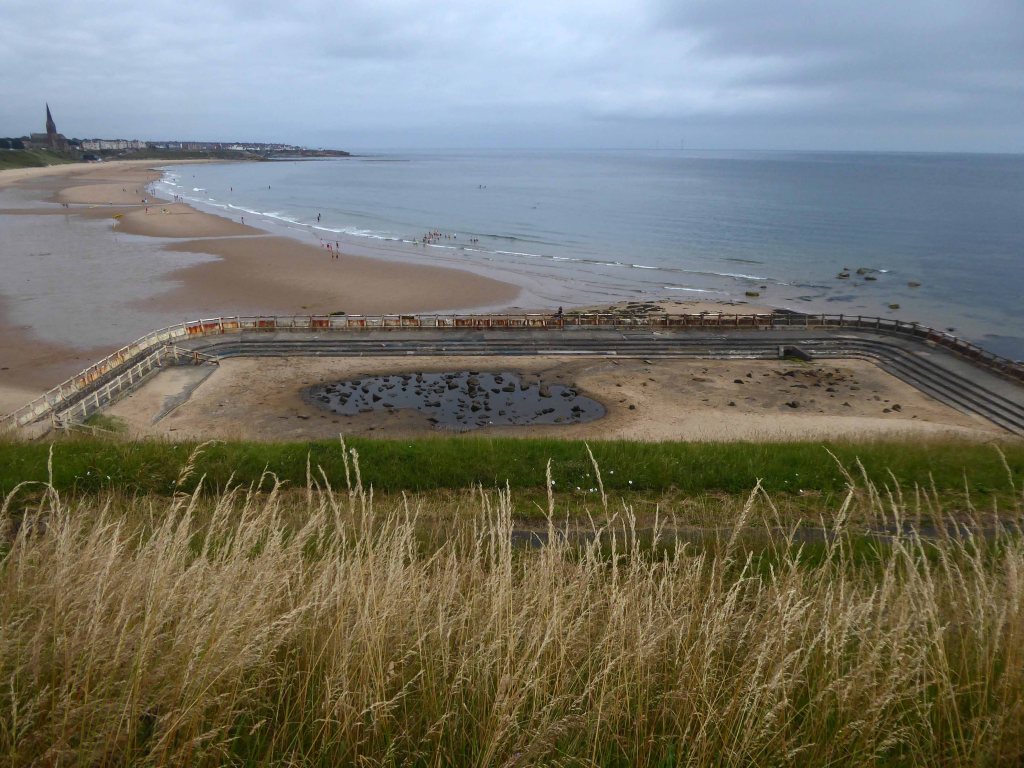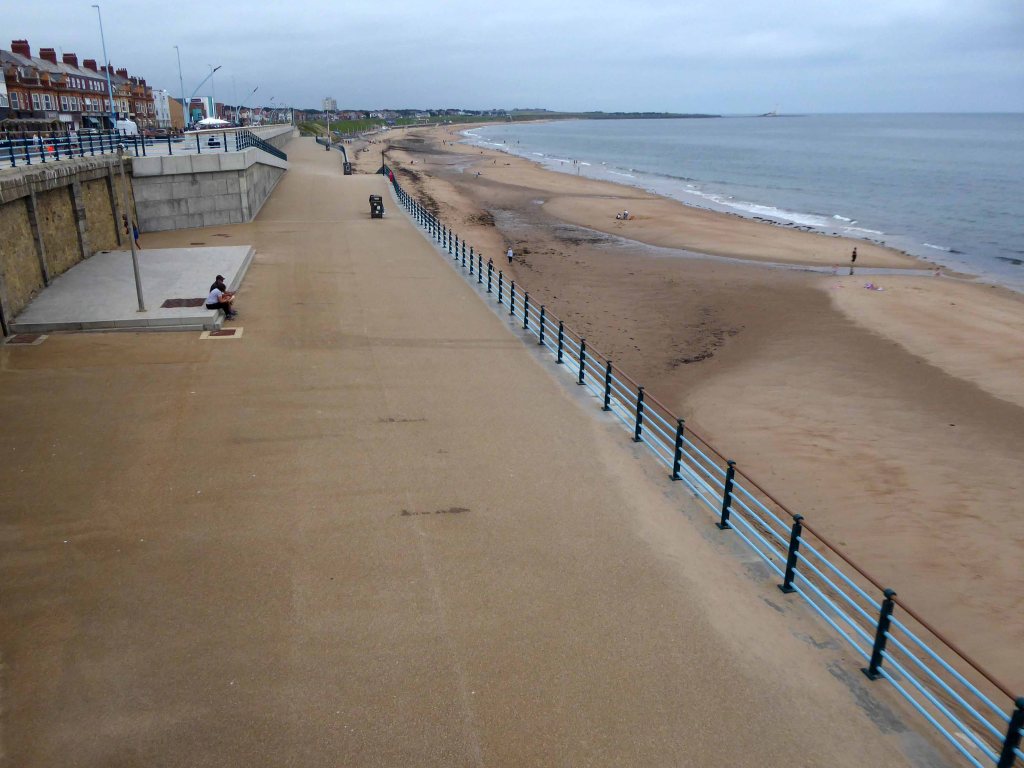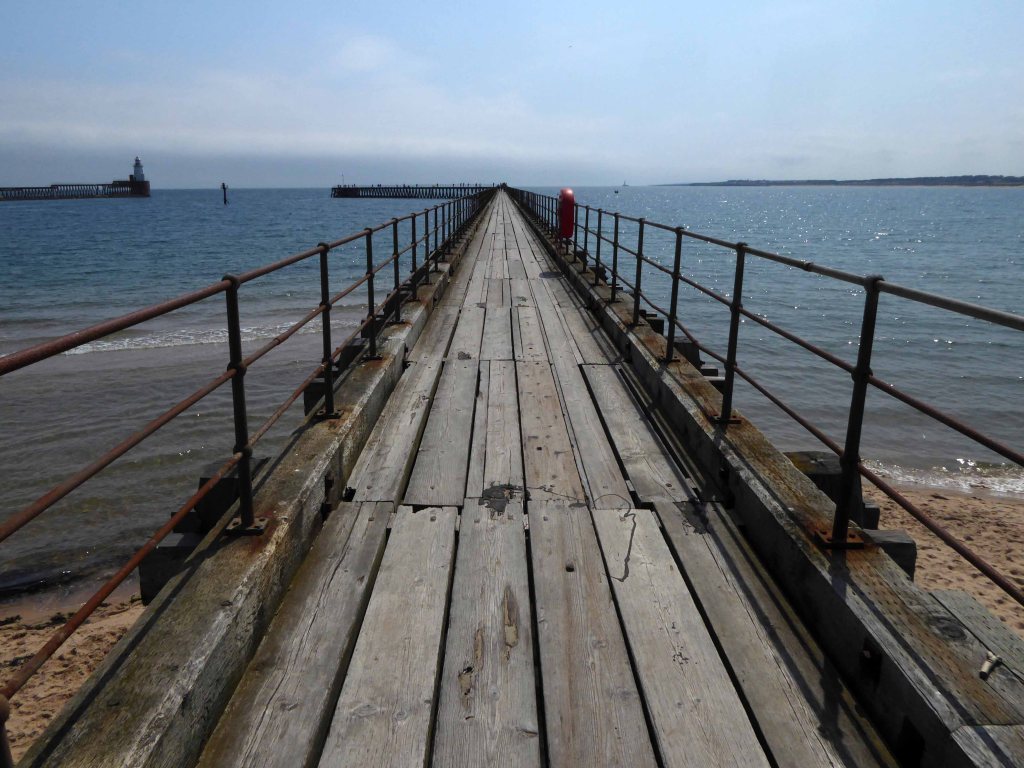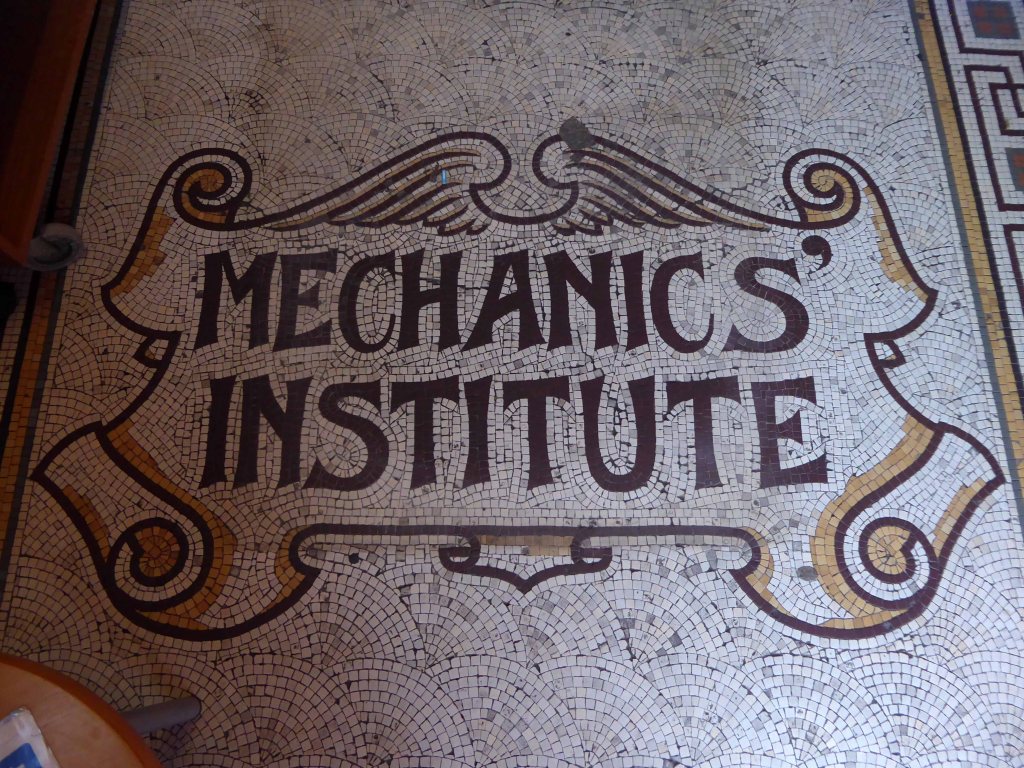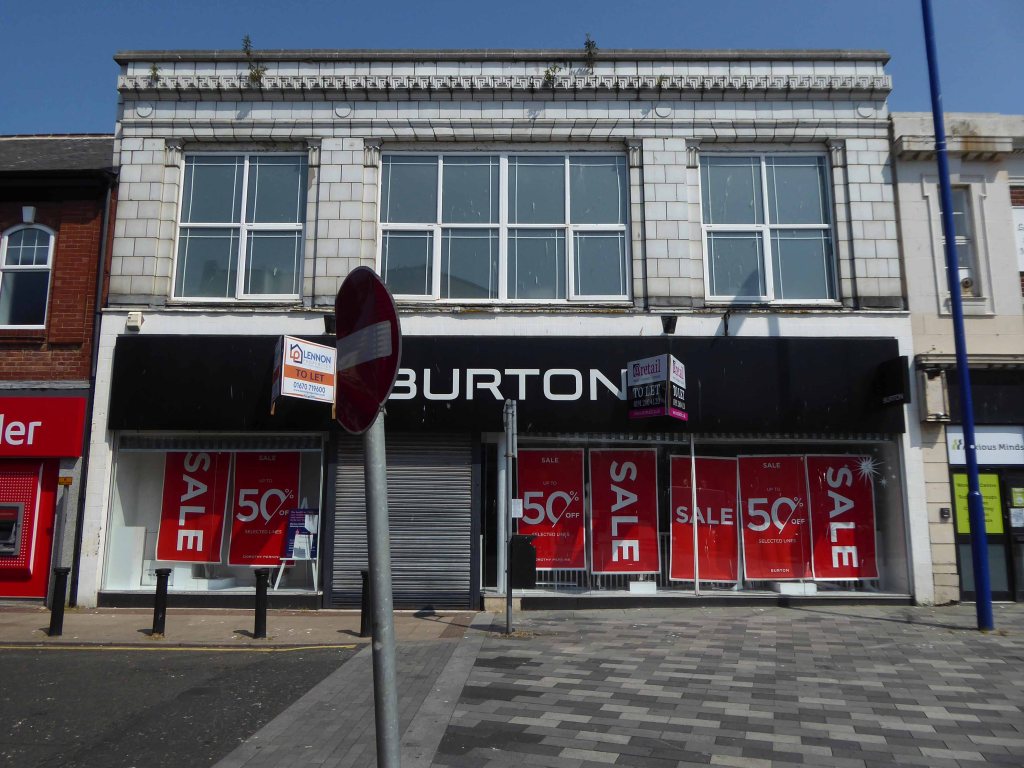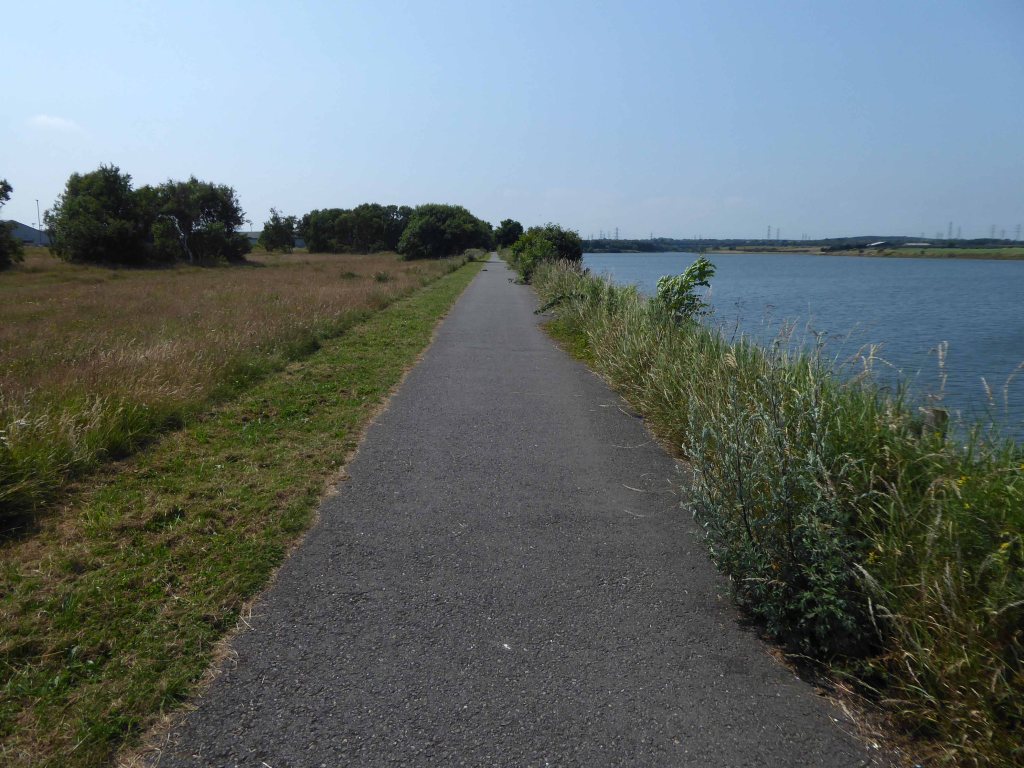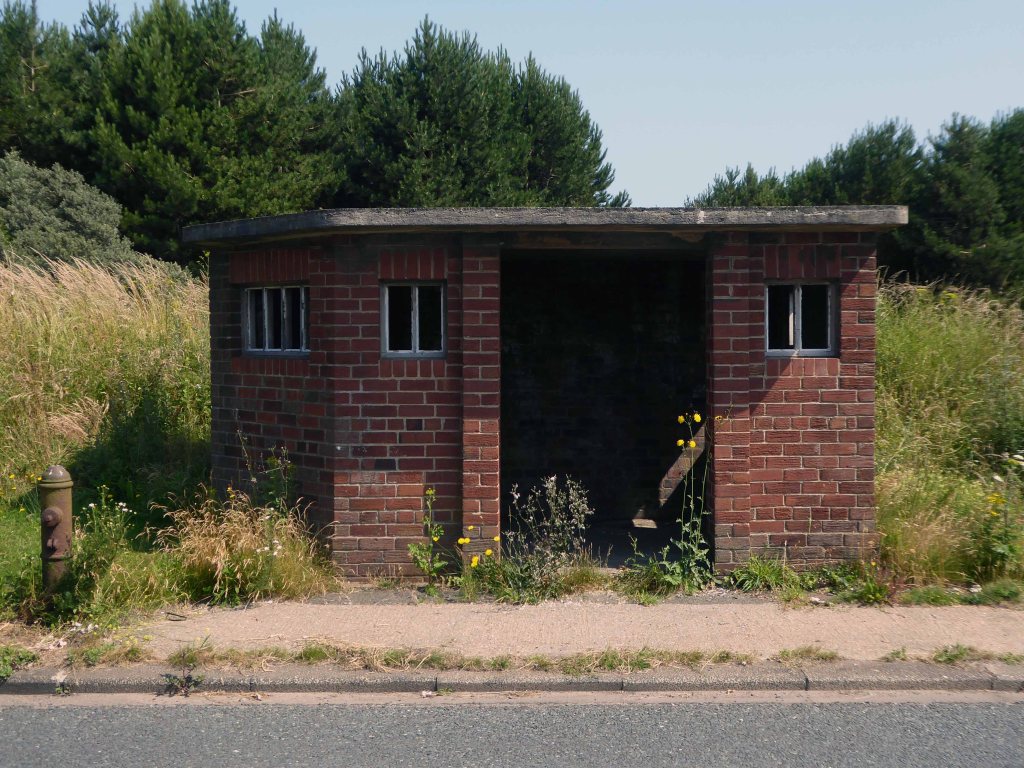
What’s in a name?
Is there such a thing as nominative determinism when it comes to streets?
The naming of Bland Close as Bland Close seems to me to be an act of municipal cruelty, compounded by the addition of the adjoining Brown Street.
Having previously visited Blank Street in Ancoats I was eager to find out.

Statistically there are no anomalous details, which indicates any discernible difference between the streets and the surrounding area.
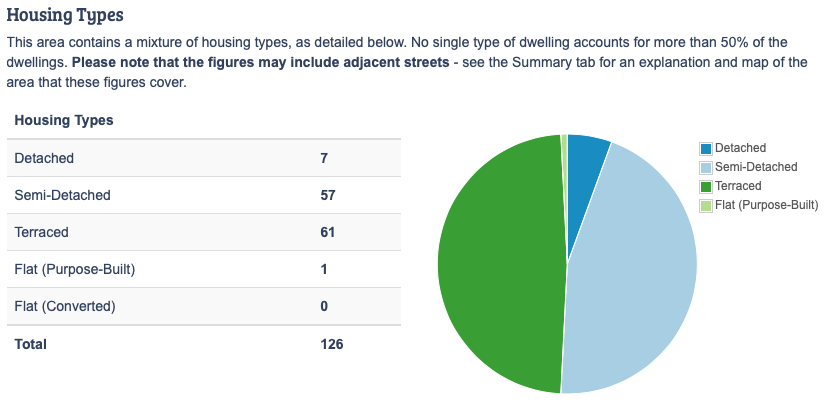


On a February morning the streets were well behaved and consisted of a typical mix of nineteenth century terraces and postwar semis, the residents chatty and welcoming, whilst they went about their business.
There are different causes that can make a street name controversial:
- A person, organisation or event who or which was once honoured with a street name is subsequently thought to not or no longer deserve one, for example because that person later turned out to be a criminal.
- A group of street names – for example in a residential area, is deemed to be unrepresentative for the population of that place, region or country because some demographics are overrepresented and others underrepresented, for example, because a disproportionate number of streets are named after men, and few after women.
Research has found that if you live on Pear Tree Lane your property is more likely to attract potential buyers and a higher price, than those living in a similar property on Crotch Lane.
What are the guidelines for street naming?
- The exclusion or inclusion of certain numbers for cultural or religious reasons
- The use of building names without numbers
- New building or street names should not begin with The
- The use of street names which include numbers that can confuse, for example – 20 Seven Foot Lane sounds the same as 27 Foot Lane
- The use of the names of deceased people in the adoption of any street names. The reason for choosing a person’s name should be established in the council’s policy
- The use of the name of a living person – it’s not recommended
- The adoption of historic connotations by developers – guidance on this should be provided by the council to all developers through close liaison with local historic societies.
- The use of national or local historic figures or events
- The use of a name with Royal connotations – the Lord Chamberlain’s office must be contacted if a name has any reference to the Royal family or if the word ‘Royal’ is suggested.
- The use of names and their combination with numbers that could be considered rude, obscene, and racist or contravene any aspect of the council’s equal opportunities policies
- The use of names and their combination with numbers that could be easily vandalised or changed into any of the above, for example – Canal Turn
- The use of names that can cause spelling or pronunciation problems
- The use of names that can be construed to be used for advertising or commercial gain
- The use of names would lead to variations in the use of punctuation as these can confuse or result in early demands for a change of address from occupiers.
So in summary the name Bland does not in my opinion represent the close’s appearance and may in fact detract from the value of the property and possibly the perception of the area.
Let’s take a look – see what you think.












